Sheet-pan dinners are a hit because when it comes to making meals that are big on flavor and low on fuss, the pan is king. Cooking proteins and vegetables together on one pan not only helps to streamline the prep (and
make cleanup a breeze), but it also maximizes flavor and caramelization.

These sheet-pan suppers are as fitting on a busy weekday served straight from the pan at the counter as they are at a fancy dinner party with guests. Check out this collection of recipes for tasty and hassle-free meals and elevate the humble sheet pan to start status.
Jump to:
The Recipes
Sheet Pan Lasagna
Sheet Pan Gnocchi with Vegetables and Pesto
Sheet Pan Mac and Cheese
Sheet Pan Steak Fajitas
Mediterranean Sheet Pan Chicken And Potatoes
Sheet Pan Ham Dinner
Sheet Pan Chicken Fajitas
Sheet Pan Shrimp Boil
Sheet Pan Roast Pork Tenderloin with Potates
Sheet pan Salmon and Brussels Sprouts and Pancetta
Baked BBQ Chicken Tenders Dinner
Sheet Pan Sausage, Potatoes, and Green Beans
Sheet Pan Prosciutto Wrapped Chicken
Sheet Pan Beef and Broccoli
Roasted Halloumi Fajitas
30-Minute Chicken Shwarma Bowls
Sheet Pan Spaghetti Squash & Meatballs
Sheet Pan Crispy Ranch Fried Rice
What is a rimmed baking sheet?
Be sure you use a rimmed baking sheet for these sheet pan dinners. A rimmed baking sheet is a flat pan with edges that are 1 inch high all around. The edges are usually curved. This pan is different from cookie sheets because it has higher sides. Cookie sheets typically have one very short, slanted edge and are open on the other three sides. Rimmed baking sheets also have standard sizes, like a half-sheet that is about 18 inches long and 13 inches wide.
These pans are more versatile than cookie sheets because of their design and how they are made. Rimmed baking sheets are also known by other names like sheet pans, baking sheets, or rimmed pans. Sometimes, they are referred to by their size, like a "half sheet" or "quarter sheet."
Sheet Pan Dinner Cooking Tips
- Choose the Right Pan: Opt for a sturdy, rimmed sheet pan to prevent juices from spilling and ensure even cooking.
- Prep Ingredients Uniformly: Cut ingredients into similar sizes for consistent cooking. This helps everything cook evenly and finish at the same time.
- Layer Thoughtfully: Arrange ingredients with attention to cooking times; place quicker-cooking items together and heartier ones separately to prevent under or overcooking.
- Season Generously: Don't be shy with seasonings. A well-seasoned meal enhances flavors, so spice up your ingredients with herbs, spices, and your favorite seasonings.
- Mind the Oven Temperature: Follow the recipe's suggested oven temperature for the best results. Adjusting temperatures can affect cooking times and the overall outcome.
- Use Parchment Paper or Foil: Line your sheet pan with parchment paper or foil for easy cleanup. It also prevents sticking and helps with even browning.
- Add Sauces Towards the End: If using sauces or marinades, add them during the last part of cooking to avoid burning. This ensures the flavors meld without compromising texture.
Sign-up for The Flavor Journal Newsletter and Get a Free e-book!
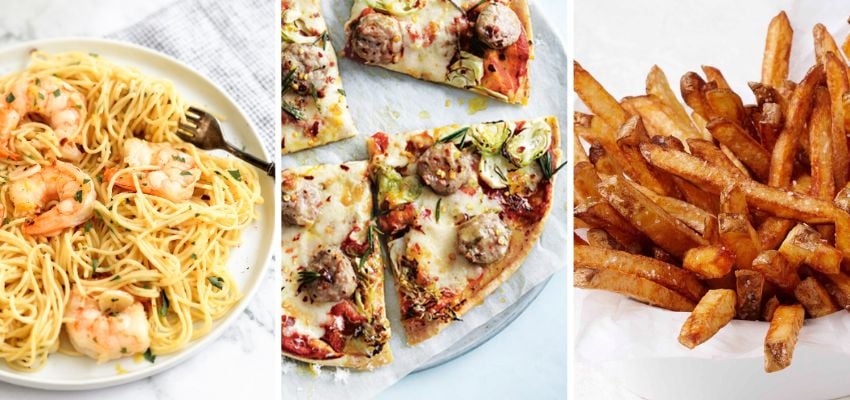
Let's connect!
Be sure to FOLLOW US on FACEBOOK, INSTAGRAM and PINTEREST Many thanks!

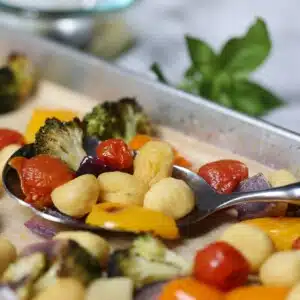
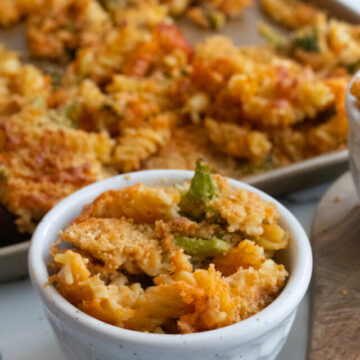





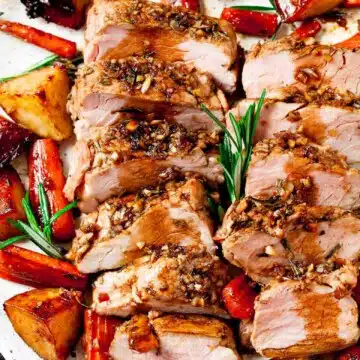









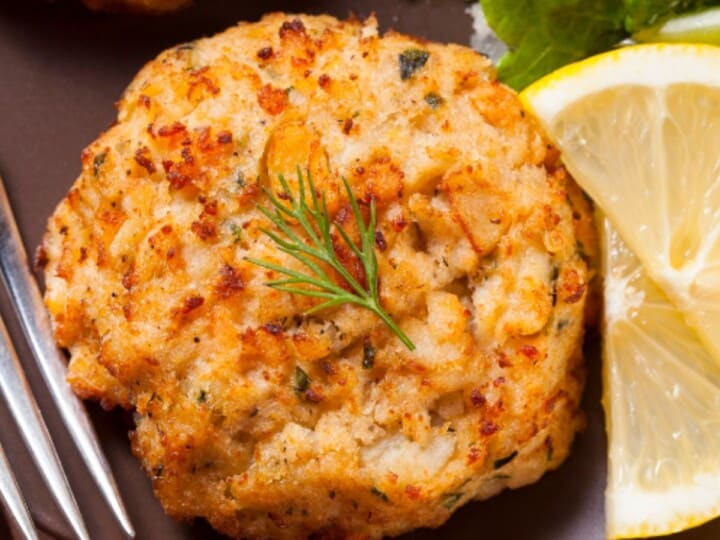
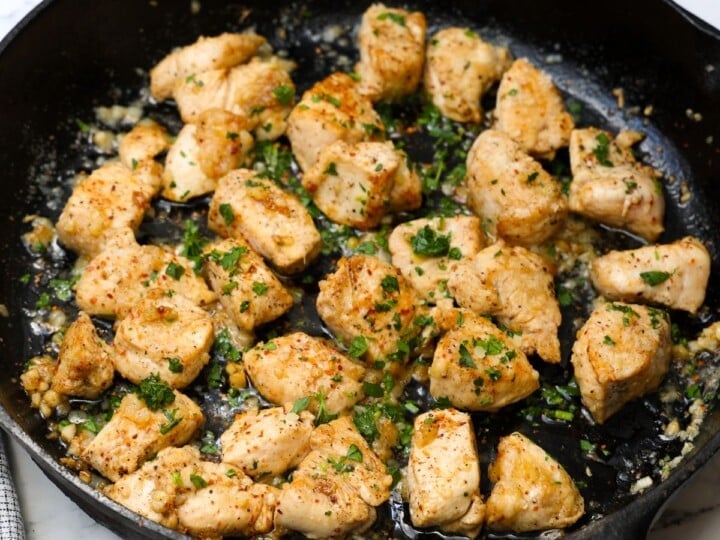
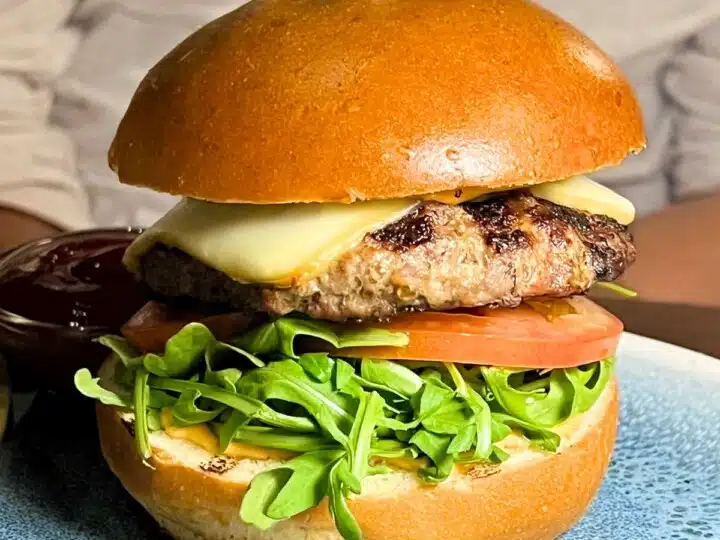
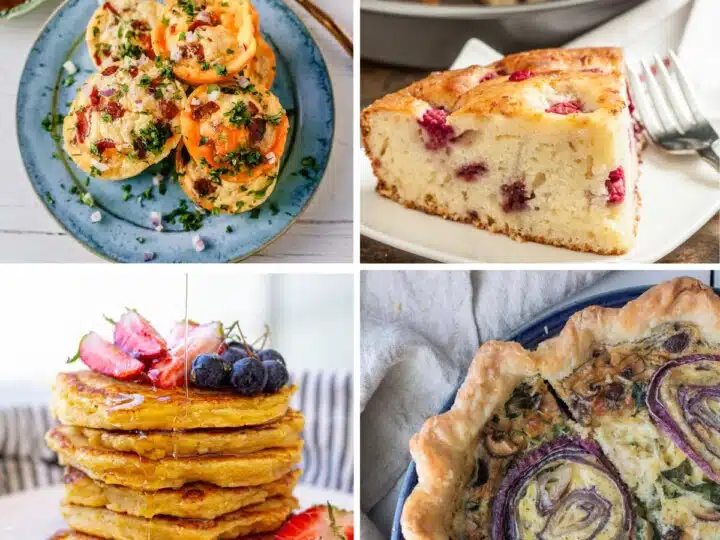
Leave a Comment